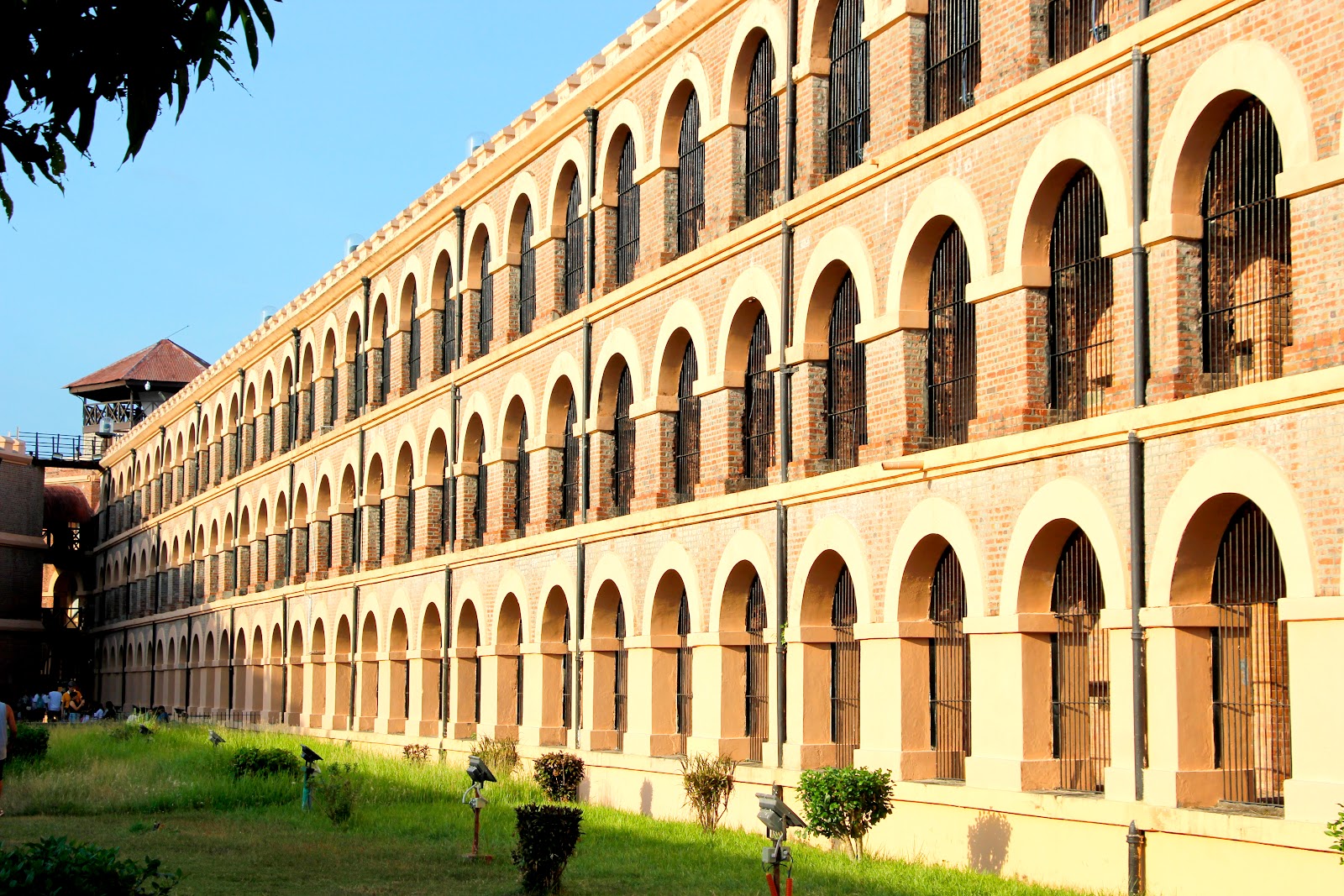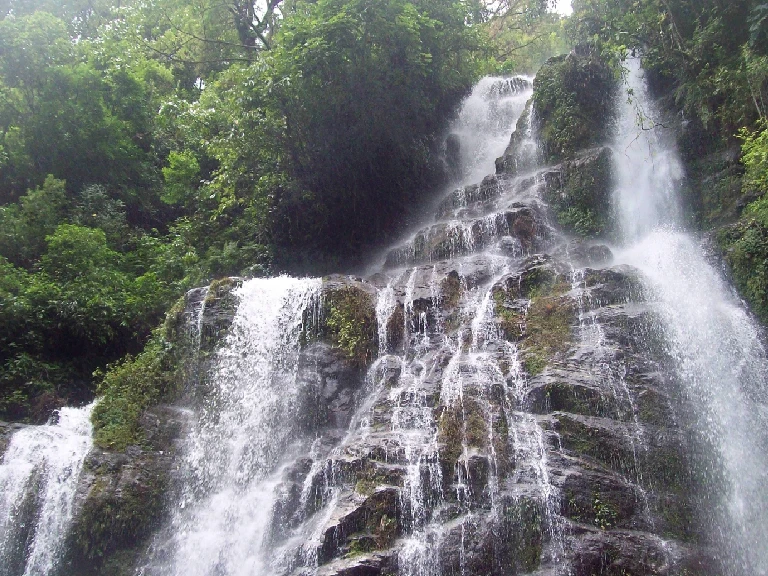Citadel of silent pain
Here,
in the citadel of silent pain
We
can only read -
Of
tales of some of the suffering souls
A
fraction of their immortal deed
So
many sons of the motherland dead
In
these isles of a paradise sea
Do
we even know the price they paid
That
today we call ourselves free
The
pilgrims who know flock one by one
To
Veer Savarakar’s lonely cell,
While
the hundred other Veers in the other cells
Stare
and cry and silent wail
I
look at the locks, the tetris bricks,
Guilt
at our youth, our uselessness
Whatever
we do, will it be enough
To
face one martyr’s teary gaze?
If
only these ochred walls could speak
Could
we complete a single tale?
Instead,
we take photos and tag the world,
‘Look,
I have visited Cellular Jail!’
Hundreds
of names adorn the walls
From Punjab, Bengal, Madras, Bihar,
There
are thousands more, forgotten names
Unknown
soldiers, interred this far
I
climb atop the Cellular – star,
There’s
so much gloom I cannot drink,
The
tricolour flutters in the sunset far
Another
ordinary day comes to sink
Drowned
in guilt, I ask again
Even
it be on the best of our days -
Whatever
we do, will it be enough
To
face one martyr’s teary gaze?
The
flag flutters, I hear it say,
Keep
the lessons, remember, relearn
That
the souls who give, they never ask
What
is it that comes in return
They
gave that you can take today,
All
of the joy, some of the pain
Of
the empty wounds that never heal
Indelible
shades of an invisible stain
The
least we can do as we walk today,
Sons
of the same Mother that we are
Is
to remember these walls, the tales within
Once
upon a time, was a bleeding scar…
Written after a visit to the Cellular Jail, Port Blair, Andamans.
While
most of us are delighted to see the paradise islands of Andaman when we fly
into Port Blair – complete with cerulean seas, white sands: indeed, the best beaches
in the county – a visit to the Cellular Jail, Kalapaani, comes as a morbid
shock in Paradise. It was here, so far from the mainland (the islands are
closer to Myanmar than India), that hundreds of freedom fighters were jailed,
tortured, maimed and boxed inside an unthinkable life from which there was no
redress. Many were driven to insanity, the rest tortured to death – only a thin
sliver of inmates made it back to tell their tales. The atrocities were limited
not just by the British Empire, but also by the Imperial Japanese who had
briefly taken over these islands in 1942. In a rare glimpse of hope for the
freedom movement, it was in the Andamans in 1943 that Netaji Subhas Bose hoisted
the National Flag and declared it to be the first Indian soil liberated from
British rule.
The stories of horror were already carved deep
within the walls by then – years later, in 1979, the Cellular Jail was declared
a National Memorial by Prime Minister Morarji Desai. Today, the Andamans are a
rising tourist destination, with luxury towers popping up along the soothing
turquoise coastline of Port Blair and its adjoining islands; yet it takes just
one visit to the Cellular Jail to hear visceral
stories that can show that Paradise depends not just on the content of nature
but also on the intent of the people who live – or once, lived there.
As
I was walking inside the Jail that day, I wondered for a brief moment, if we had
to keep these painful memories. The answer was a resounding Yes – even if these
were memories we wouldn’t want to remember, more importantly, these were
memories we shouldn’t be allowed to forget, such are the ways of the Past that
has led to the paths of the future….






Comments
Post a Comment